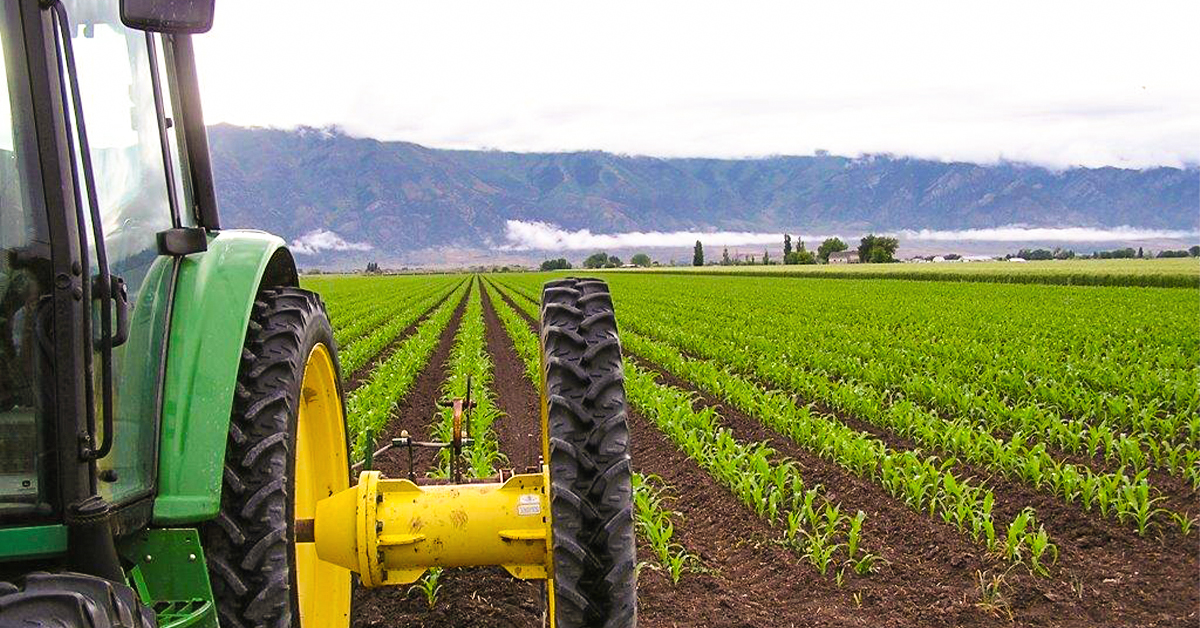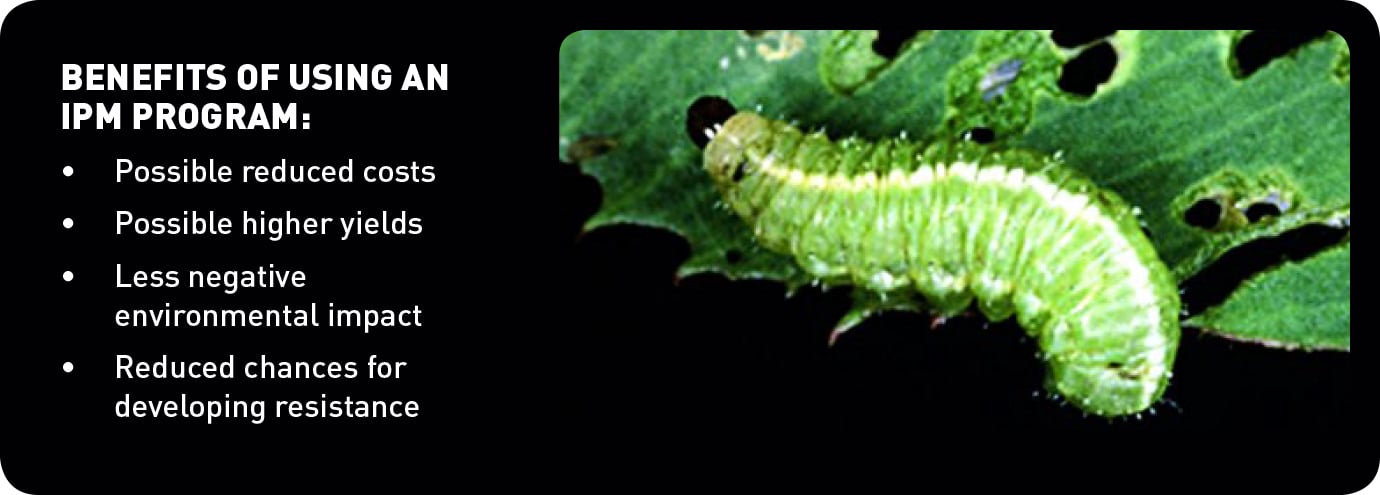
One major decision in any farm operation is choosing which products to use or not use, what rate to apply herbicides and which products will give you the most economic benefit and desired results. IFA suggests you use an “Integrated Pest Management” program in your farm operation to address all of those concerns.
With an Integrated Pest Management (IPM) program, you take actions to keep pests from becoming a problem by growing a healthy crop that can withstand pest attacks, using disease-resistant plants, and looking at environmental factors that affect the pest and its ability to thrive. Armed with this information, you can create conditions that are unfavorable for the pest.
Field Scouting
Field scouting determines the type and population of a pest. It also determines the conditions causing the pest to establish in a field. Correctly identifying the pest is key to knowing whether a pest is likely to become a problem and determining the best management strategy.
Economic Thresholds
Economic threshold levels are estimates of a pest population that will cause enough economic loss to justify treatment. After monitoring and considering information about the pest, its biology, and environmental factors, you can decide whether the pest can be tolerated or whether the economic threshold has been breached. If control is needed, this information also helps you select the most effective management methods and the best time to use them.
Three non-native pests that are a growing concern for Intermountain West farmers
Combining Management Approaches
IPM programs combine management approaches for greater effectiveness At IFA, we believe the most effective, long-term way to manage pests is by using a combination of methods that work better together than separately. Listed below are four main examples of control that an integrated pest management program contains:
Biological Controls
Biological control is using natural enemies—predators, parasites, pathogens, and competitors—to control pests and damage. Invertebrates, plant pathogens, nematodes, weeds, and vertebrates have many natural enemies.
Cultural Controls
Cultural controls are practices that reduce pest establishment, reproduction, dispersal, and survival. For example, changing irrigation practices can reduce pest problems, since too much water can increase root disease and weeds.
Mechanical and Physical Controls
Mechanical and physical controls kill a pest directly or make the environment unsuitable for it. Traps for rodents are examples of a mechanical control. Physical controls include mulches for weed management, steam sterilization of the soil for disease management, or barriers such as screens to keep birds or insects out.
Chemical Control
Chemical control is the use of pesticides. In IPM, pesticides are used only when needed and in combination with other approaches for more effective, long-term control. Also, pesticides are selected and applied in a way that minimizes their possible harm to people and the environment. With IPM you’ll use the most selective pesticide that will do the job and be the safest for other organisms and for air, soil, and water quality.

Integrated Pest Management Programs
These IPM principles and practices are combined to create IPM programs. While each situation is different, five major components are common to all IPM programs:
- Pest identification
- Monitoring and assessing pest numbers and damage
- Guidelines for when management action is needed
- Preventing pest problems
- Using a combination of biological, cultural, physical/mechanical and chemical management tools
IFA Crop Advisors are an excellent resource in helping you develop your Integrated Pest Management program and can help you implement it on your fields. It is more efficient to have a plan and program in place so that you can make educated decisions on how best to control any pest problem that may develop.
Please contact your local IFA Crop Advisor for more information on IPM programs. They are all very knowledgeable on this topic and can advise you on pest control, whether they are weeds or insects.
Written by Brett Harman, CCA, and originally published in the IFA Cooperator magazine (vol. 82, no. 2) Summer 2016. Brett is a Certified Crop Advisor (CCA) with IFA Agronomy.

